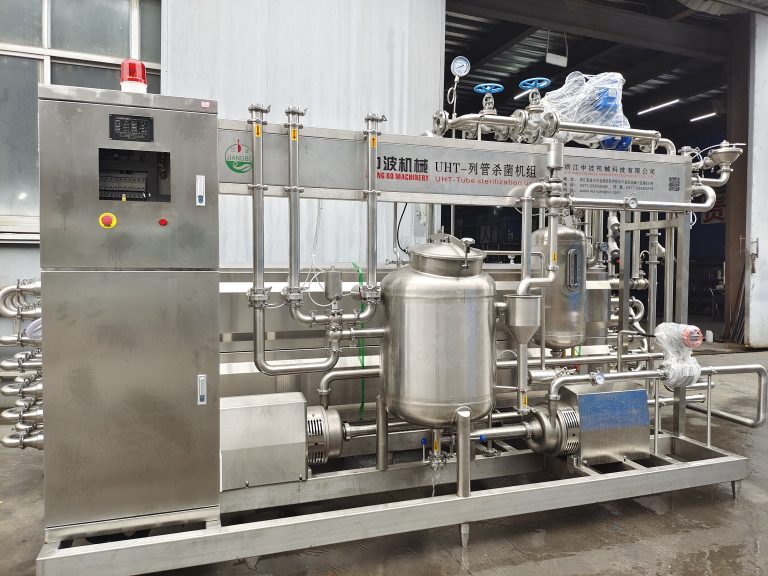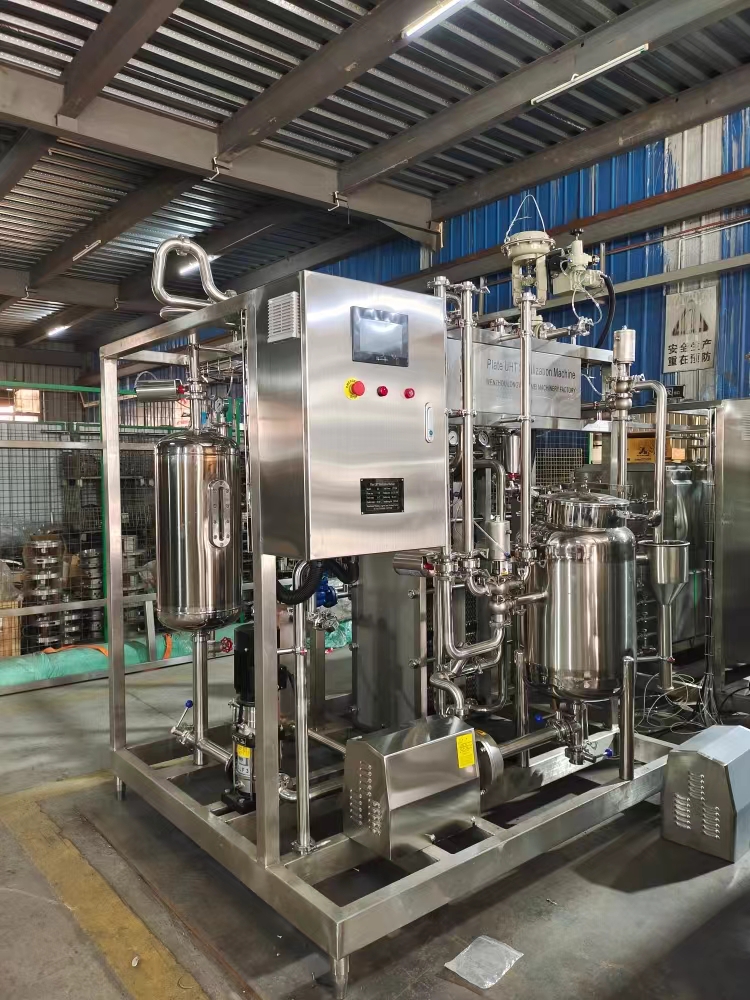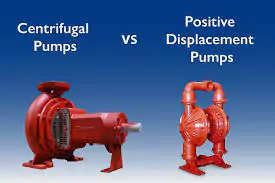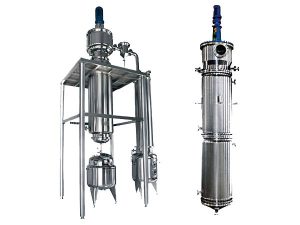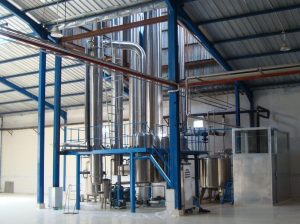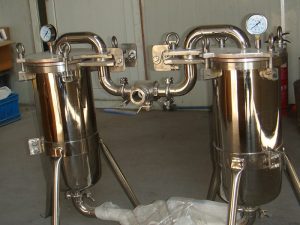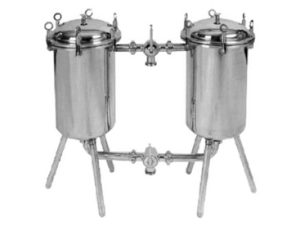A falling film evaporator is an essential piece of equipment used in industries such as food processing, pharmaceuticals, and chemical manufacturing. It is known for its efficiency in separating substances with different boiling points.

Understanding the falling film evaporator working principle is key to appreciating its performance and how it optimizes energy use in various applications.
In this blog, we’ll break down the falling film evaporator working into 6 key steps, explaining its operation in detail.
How Does a Falling Film Evaporator Work? 6 Steps
| Step | Description |
|---|---|
| Liquid Distribution | The liquid is pumped to the top of the tubes and evenly distributed across the surface. |
| Film Formation | The liquid forms a thin “falling film” as it flows down the tubes, allowing efficient heat transfer. |
| Heating and Evaporation | External heat causes part of the liquid to vaporize, making use of the thin film for efficient evaporation. |
| Avoiding Dry Spots & Scaling | Proper liquid distribution prevents dry spots and scaling, ensuring consistent performance. |
| Separation of Vapor and Liquid | The vapor and concentrated liquid are separated, ensuring both are collected effectively. |
| Fine-Tuning the Process | Adjustments in feed rate and temperature optimize energy usage and final product concentration. |
Liquid Distribution
The first crucial step in the falling film evaporator principle is the liquid distribution system. The liquid to be concentrated is pumped to the top of the evaporator’s heating tubes. A distributor at the top ensures that the liquid is evenly spread across all the tubes. Proper liquid distribution is essential for the next step, as it ensures the liquid forms an even, continuous film along the tube walls. This step directly impacts the efficiency of the system, as uneven distribution can lead to inefficiencies and energy waste.
Film Formation
Once the liquid reaches the top of the tubes, it begins to flow downward along the inner surface of the tubes. The thin film of liquid that forms as the liquid flows down is where the system gets its name — a “falling film.” This is the core of the falling film evaporator working principle.
Because of the thin nature of the liquid film, heat transfer occurs at a significantly high rate. This is due to the increased surface area for heat exchange, which allows for efficient vaporization. The film formation is key to maintaining high heat transfer rates while ensuring that the liquid is evenly heated.
Heating and Evaporation Process
The heating tubes are heated externally, and as the liquid film flows down the tube walls, it is subjected to this heat, causing it to evaporate. The heat from the heating medium is transferred to the liquid, causing part of the liquid to vaporize.
The falling film evaporator working relies on the principle that heat is transferred efficiently due to the thinness of the liquid film. As a result, less heat is required to evaporate the liquid compared to other evaporation methods. This results in significant energy savings, making it ideal for applications that require heat-sensitive materials, such as pharmaceuticals.
Avoiding Dry Spots and Scaling
One of the challenges in maintaining an efficient falling film evaporator working system is ensuring that the entire heating surface of the tubes is evenly wetted with liquid. If parts of the heating surface are not properly wetted, dry spots can form, which can lead to scaling and deposit buildup. Scaling, in turn, reduces the efficiency of the evaporator and can cause long-term damage to the equipment.
To avoid dry spots, it’s critical that the liquid distribution system is well-designed, with adequate wetting rates. This is why longer heating tubes or multiple compartments are often used to ensure even distribution and efficient heat transfer. Additionally, recirculating the product can help maintain consistent wetting rates and minimize the risks of scaling.
Separation of Vapor and Concentrated Liquid
At the end of the process, the liquid that has been partially evaporated reaches the bottom of the heating tubes. Here, it enters a separator, where the vapor is separated from the concentrated liquid. This step is crucial for ensuring that the concentrated liquid is collected separately from the vapor, which can be used for further processes or condensed for reuse.
The vapor separation process is typically carried out using a centrifugal separator, ensuring that both the vapor and the concentrated liquid are collected efficiently without contamination. This step is important for maintaining product quality and maximizing the efficiency of the falling film evaporator working.
Fine-Tuning the Process
The final step in the operation of a falling film evaporator is the ability to fine-tune the process. By adjusting the feed rate and the heating temperature, the concentration process can be customized to suit the specific properties of the liquid being concentrated. This level of control ensures that the final product meets the desired concentration levels and quality.
Fine-tuning the process also ensures that energy use is optimized, as adjustments to feed rates and temperatures can help balance the amount of energy required for efficient evaporation. This adaptability makes the falling film evaporator working process a highly flexible and energy-efficient solution for a wide range of industries.
Conclusion
The falling film evaporator working principle offers a highly efficient and effective way to concentrate liquids while minimizing energy usage. The six key steps — liquid distribution, film formation, heating and evaporation, avoiding dry spots and scaling, vapor and liquid separation, and fine-tuning the process — ensure that the system operates at peak performance. Whether you’re in pharmaceuticals, food processing, or any other industry, understanding how a falling film evaporator works is crucial for achieving both energy savings and high-quality results.

